
Transforming your living space into a sanctuary of sustainability and well-being begins with the enticing world of eco-friendly scents. As we embrace a greener lifestyle, the choice of fragrances for your home becomes more than just a pleasant aroma—it becomes a conscious decision to prioritize the environment. From naturally derived essential oils to plant-based waxes, this Redfin article will explore how eco-friendly scents not only elevate the ambiance of your home but also contribute to a better planet. Whether you’re renting an apartment in Spokane, WA, or purchased a home in Tyler, TX, check out these tips for selecting eco-friendly scents and 15 scents that are sure to delight.
Tips for selecting eco-friendly scents
1. Seek out candles with certifications
Select candles with certifications that go through rigorous assessments in order to guarantee that they meet established environmental standards.
“In a market saturated with eco-claims, we advocate for discernment through verified authenticity, says Arctic Wicks. “It’s crucial to seek out candles with certifications from reputable third-party and government organizations. Our Coconut and Beeswax candles, for instance, proudly carry the USDA BioPreferred Certification, substantiating our 100% biobased content with thorough laboratory testing, ensuring consumers receive genuinely non-toxic and sustainable products.”
2. Opt for locally sourced botanicals
Opting for locally sourced botanicals promotes environmental sustainability by reducing transportation emissions, supporting local economies, and ensuring a fresher product reflective of the region’s biodiversity.
Spite Candle Company says, “One of our candles uses locally sourced botanicals to impart the scent of fresh cut grass. The sourcing process is simple and delivers a wonderful scent without using harsh chemicals like phthalates.”
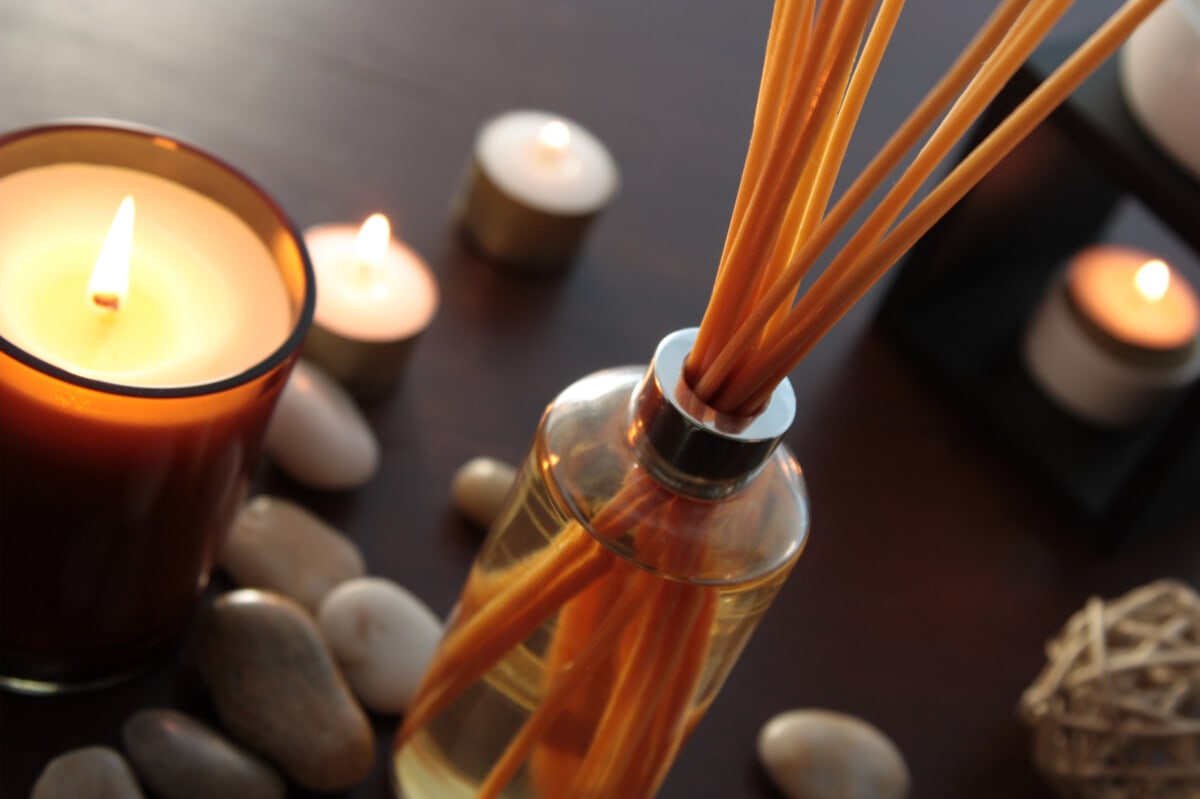
3. Choose reusable candles
Choosing reusable candles minimizes waste by reducing the need for constant replacements.
“My favorite eco-friendly candle is my reusable candle,” shares Shino of Soap Candle Shop. “I make double-glassed candles that only burn the inside layer, and the outside layer stays. So it can be reused as a tea light candle holder.”
4. Steer clear of plugins that are filled with synthetic chemicals
Avoiding plugins filled with synthetic chemicals promotes a healthy indoor environment, as these substances can release harmful pollutants, contributing to poor air quality.
Jones & Modha, states, “For perfume, we make sure that ours is created with natural plant and flower oils and resins. So no heavy scent that gives you a headache. When it comes to any scent for the house, steer clear of plugins, as they are just synthetic chemicals that can cause allergies and just aren’t very healthy to breathe. When we’re looking for any kind of fragrance, it has to be petrochemical-free and vegan.”
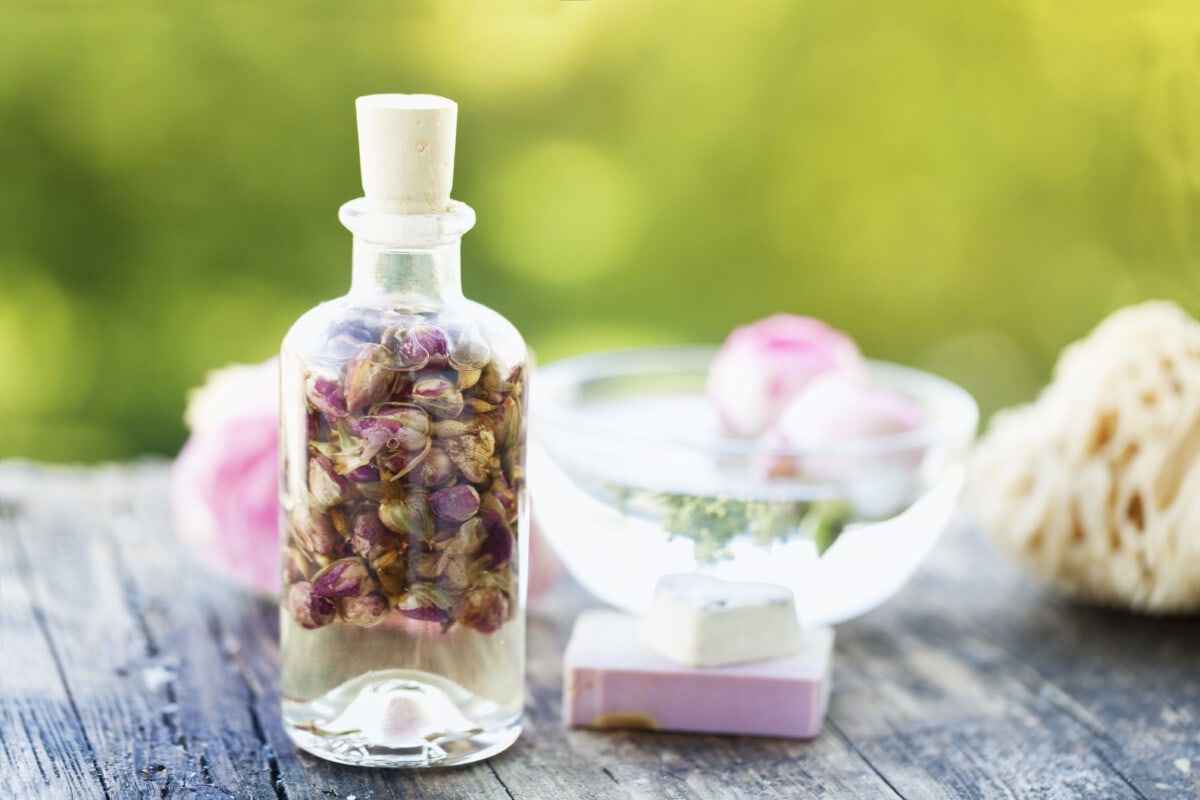
5. Go for soy, coconut, or beeswax wax candles
Soy and coconut wax candles are renewable, biodegradable, and produce fewer emissions compared to traditional paraffin wax candles.
“Most mass candles contain paraffin, a petroleum derivative, and synthetic fragrance, both of which pollute the air when burned. Look for candles that are made with pure essential oils, natural waxes like coconut, soy, or beeswax, and a lead-free wick to keep your space free of toxins,” remarks House of Medicinals.
“We create ethically sourced soy and coconut wax, with each eco-friendly flame bearer cradled in bio-organic packaging that echoes the call of Scotland’s untamed tides,” adds The Minch. “With every sustainable flicker, your space is bathed in the purity of the wild Scottish coast.”
“Try the pure bliss of natural, handmade 100% beeswax candles — free from any hormone disruptors like phthalates and paraffin,” recommends MBur Candle Co.
“All of our candles and melts are made with coconut-soy wax, a plant-based wax made from coconuts and the oil of soybeans. Once harvested, the beans are cleaned, cracked, de-hulled, and rolled into flakes. The oil is then extracted from the flakes and hydrogenated,” adds M.C. Candle Co.
6. Understand the five main hazard groups
“There are five main hazard groups that you will not find in the fragrance and essential oils we use in our custom-blended candles: carcinogens, mutagens, reproductive toxins, organ toxins, and acute toxins,” says Couture Candle Company.
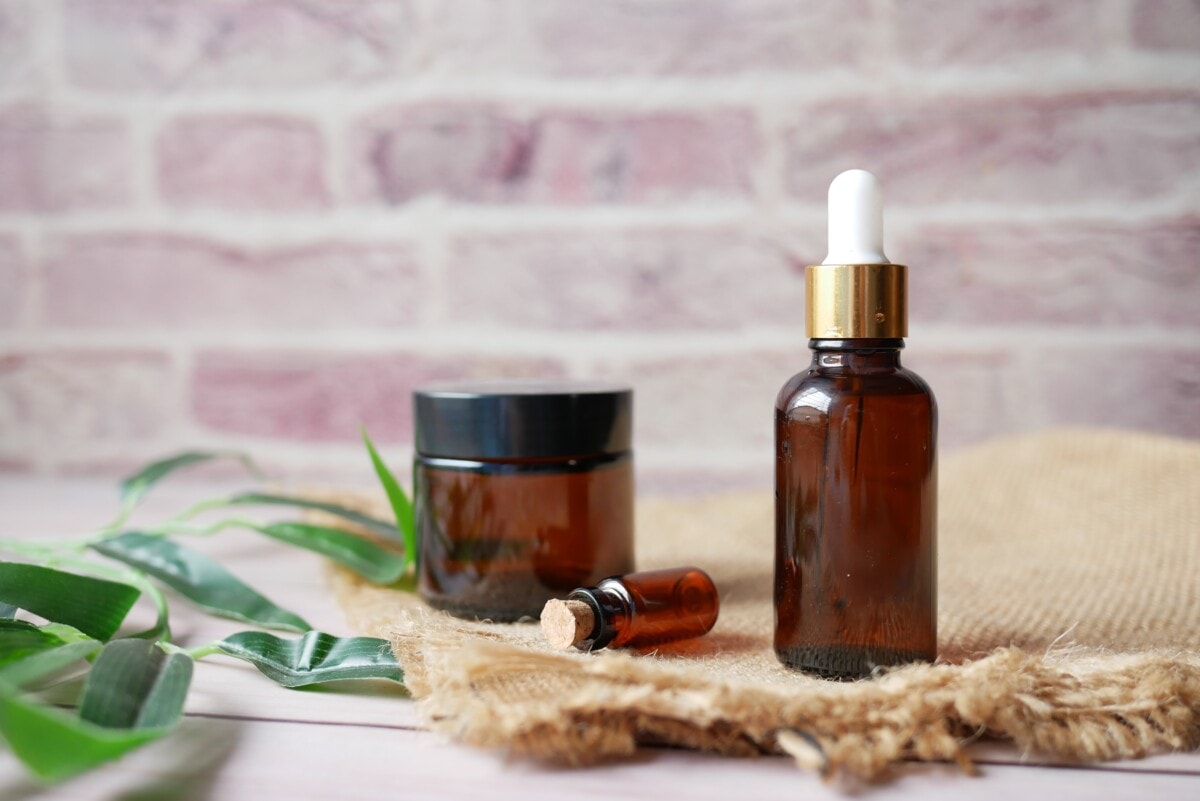
7. Make sure your scents have pure essential oils
Ensuring that your scents contain pure essential oils avoids synthetic fragrances that may release harmful chemicals.
“Pick candles that are made using only pure essential oils to subtly scent your havens without worry of any detriment to your, or your loved ones health,” shares Vance Family Soy Candles.
“When choosing a candle or fragrance, I always go for those scented with essential oils. Essential oils are less harmful and can have incredible benefits,” adds Life Before Plastic.
8. Avoid scents that have phthalates, dyes, and BHT
Phthalates are chemical compounds often used as plasticizers, dyes are synthetic coloring agents, and BHT (butylated hydroxytoluene) is a synthetic antioxidant; all three are common additives in candles, and are often avoided in eco-friendly choices.
HD Fragrances notes, “We favor home fragrances rich in natural essences without toxic ingredients such as phthalates, dyes, and BHT, with a minimum of allergens. Also, we make sure that they follow the strictest of current IFRA standards.”

9. Go with clean scents
Clean scents for candles typically refer to fragrances derived from natural sources.
“One of our favorite candle scents is Baby Powder. Baby Powder is considered a ‘clean scent’ by the manufacturer as it blends very well in soy wax, and is Phthalate Free,” says Escents of Hue Candles.
10. Try a plant-based blend of soy, coconut, and rice bran waxes
Opting for a plant-based blend of soy, coconut, and rice bran waxes offers a renewable and sustainable alternative to traditional waxes.
“Transform your space with a plant-based blend of soy, coconut, and rice bran waxes for a longer, cleaner burn that surpasses the regular soy wax experience,” remarks Begonia and Bench.
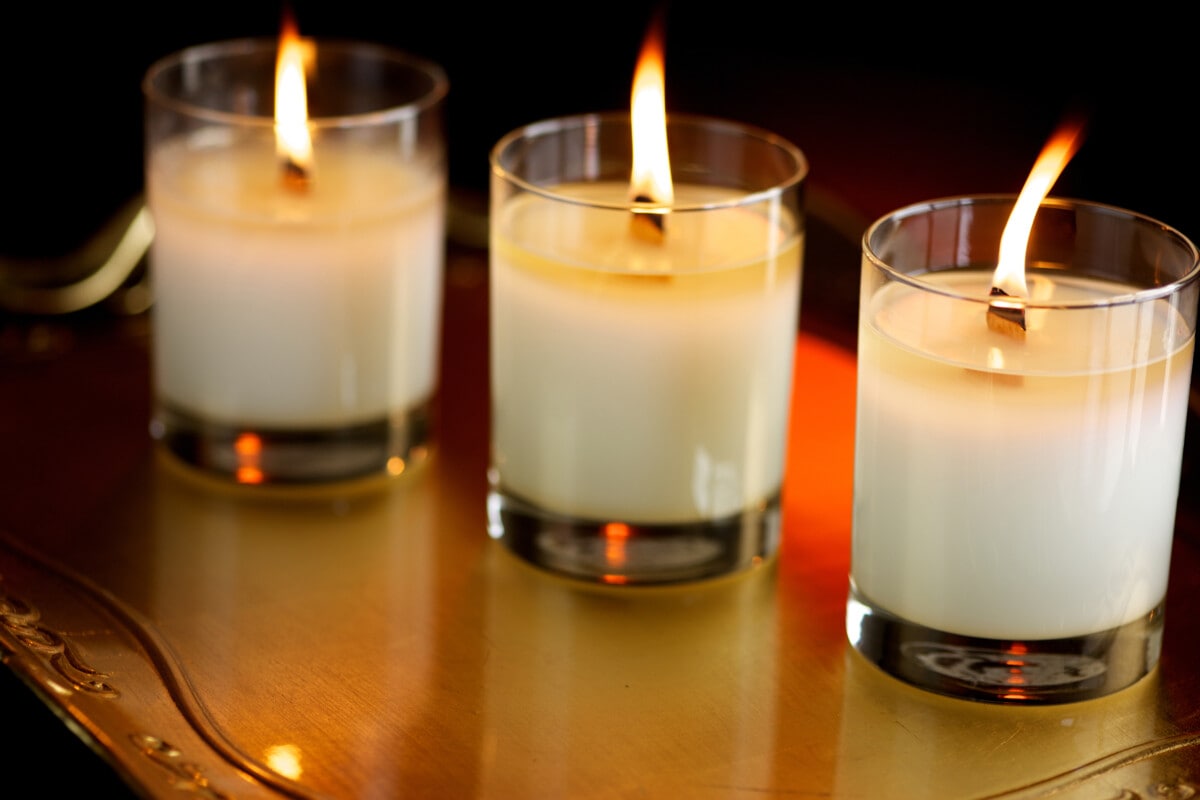
11. Select companies that promote sustainability and health
Choosing companies that prioritize sustainability and health supports environmentally friendly practices and ensures products that are not only good for you but also contribute to a healthier planet.
“Sustainability and health are two of our most important pillars and help guide everything we do. We practice sustainability by using soy for our wax, which is a renewable resource, and for health, we purposely source non-toxic and phthalate/paraben-free certified clean fragrances from one supplier that surpasses all industry standards for quality and safety,” states 2 Sons Candle.
15 Eco-friendly scents and ingredients you need to try
1. Litsea basil
Litsea, specifically Litsea cubeba, is a plant whose essential oil is extracted from the fruit and known for its citrusy aroma. Basil, on the other hand, is a culinary herb with a strong, sweet scent, and both are commonly utilized for their aromatic qualities in various applications, from cooking to aromatherapy.
Wicks and Scents notes, “Revive your living space with litsea basil, an enchanting fusion of citrusy zest and the calming embrace of basil. This eco-friendly, non-toxic wonder not only breathes life into your home but also serves as your trusty accomplice during bathroom escapades.”
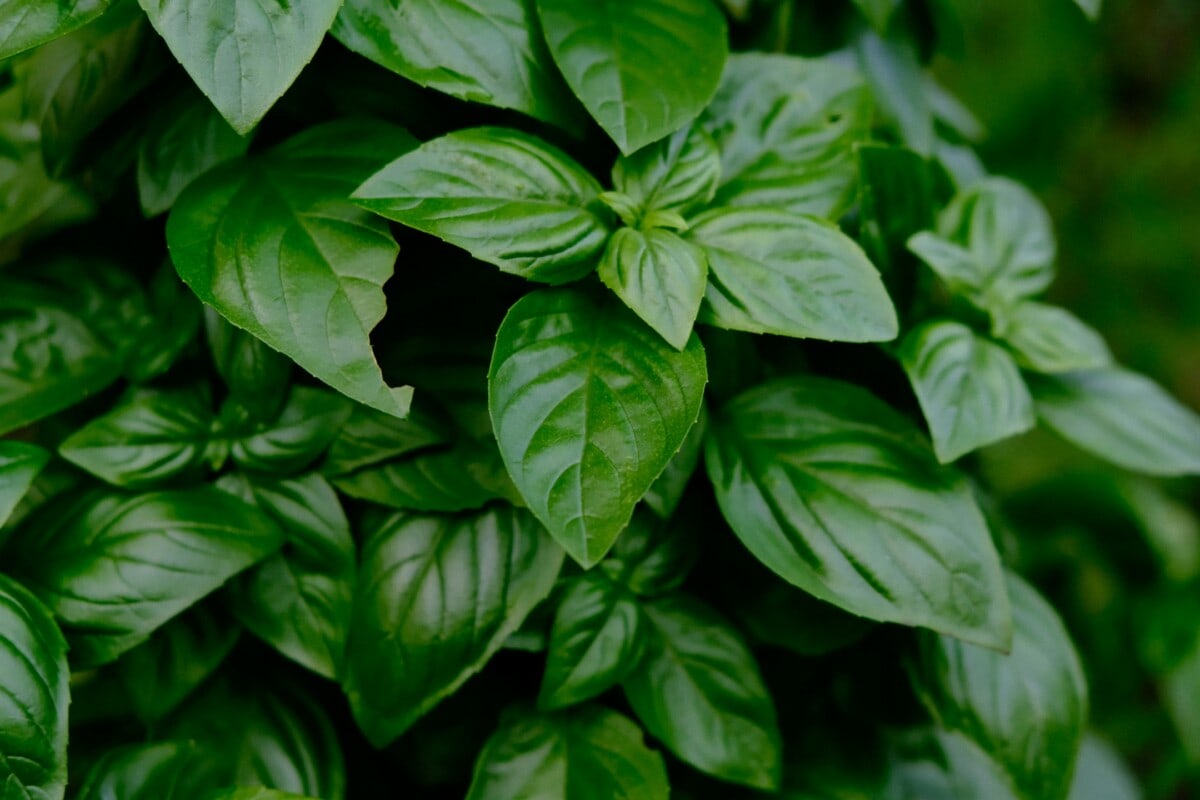
2. Tea tree essential oil
Tea tree essential oil is eco-friendly and non-toxic and is derived from the leaves of the tea tree (Melaleuca alternifolia) plant.
“Tea Tree Essential oil offers a wide range of uses, including a natural antiseptic for disinfecting surfaces, a natural remedy for skin conditions like acne and insect bites, and a vital ingredient in Lumehra’s natural laundry detergents, making it a versatile and environmentally responsible choice for personal care and household needs,” shares Lumehra.
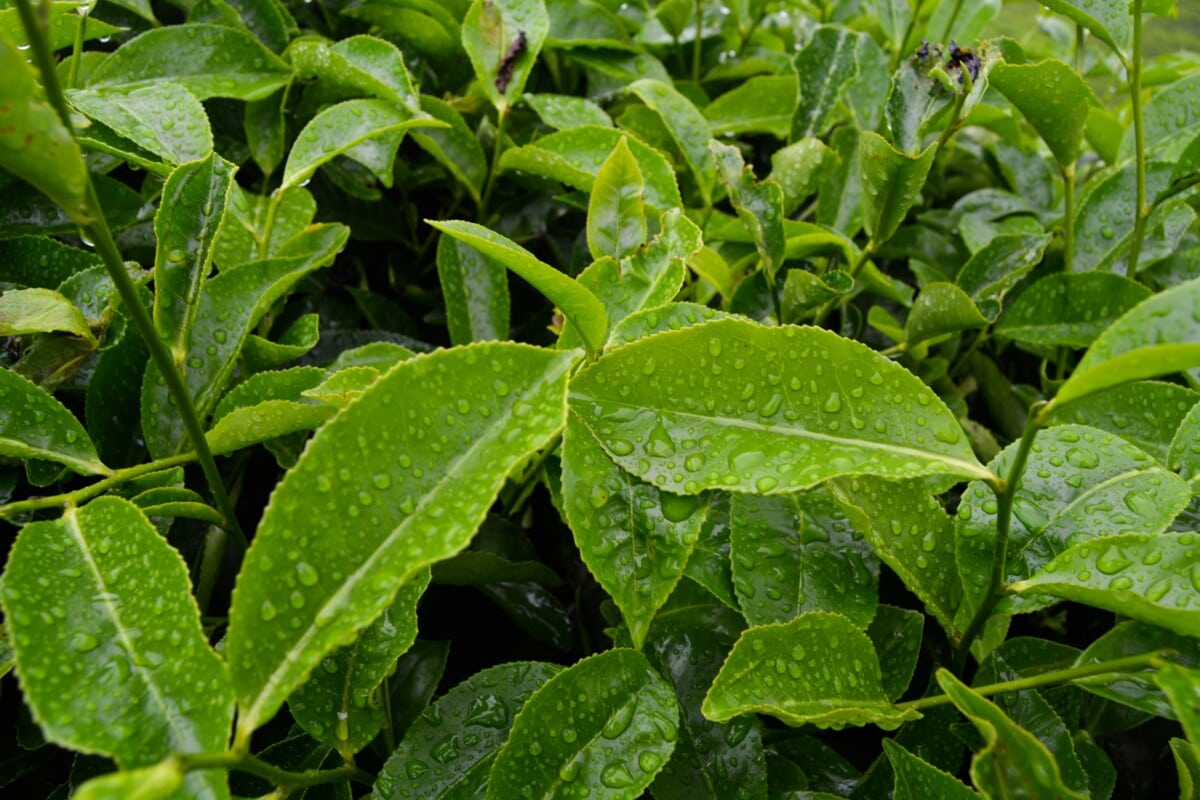
3. Saffron
Saffron is a prized spice derived from the crocus flower’s stigma, known for its distinctive golden color, rich flavor, and aromatic qualities, making it one of the world’s most valuable and sought-after spices.
“My favorite scent comes with hints of Saffron,” states MLCA Lux Aura. “It’s because of the benefits of Saffron, which increases dopamine levels. We use all-natural cocoa apricot wax and clean phthalate-free fragrance oils for blending.”
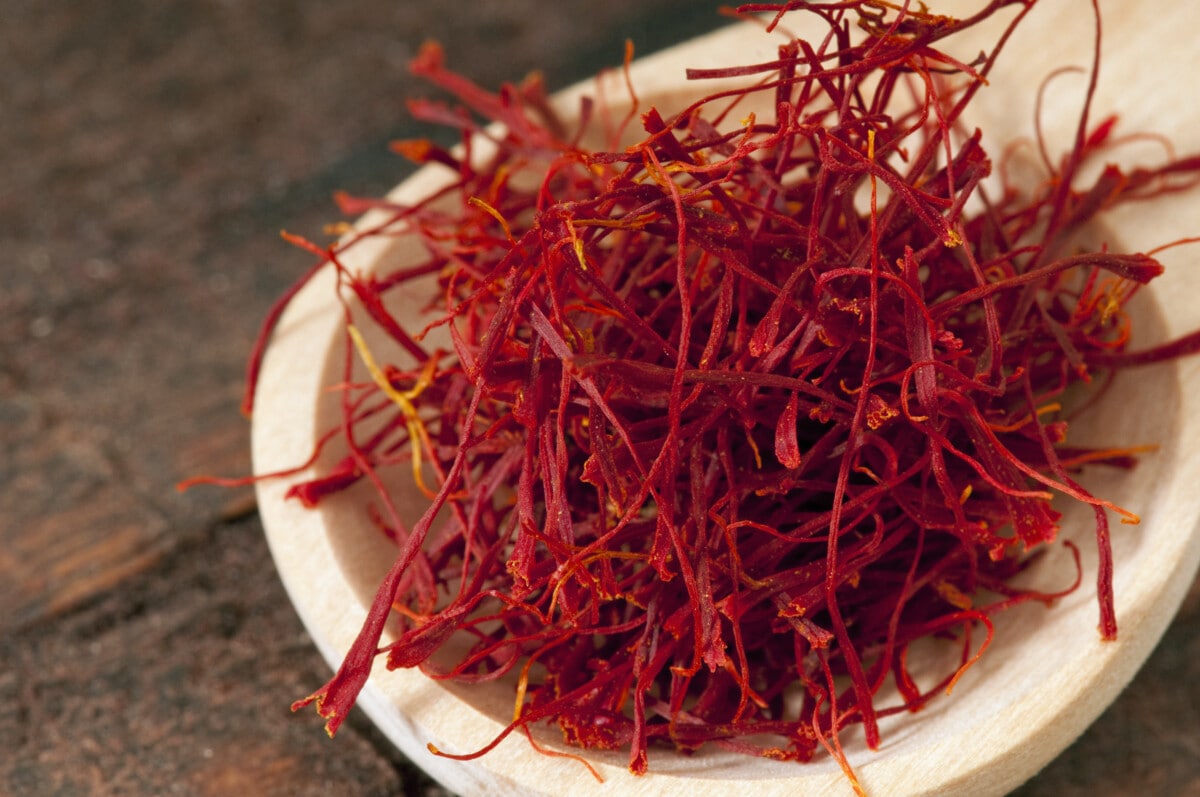
4. Lavender
Lavender is a fragrant herb known for its soothing aroma and prized for its calming properties and distinctive, sweet floral scent. It is derived from the lavender plant, which is known for its sustainability and ability to grow in various climates without the need for harmful pesticides.
“I absolutely love the fresh and calming scent of lavender,” raves JerrBear’s Soaps and Candle Company. “Not only does it have a delightful aroma, but it’s also eco-friendly and non-toxic.”
“Lavender stands out for its sustainable essence. As a plant known for its resilience and minimal environmental impact, lavender aligns seamlessly with our commitment to eco-conscious practices. Choosing this scent means embracing a fragrance rooted in nature, contributing to a more sustainable and mindful lifestyle through every beautifully flickering flame,” adds Terradomi Candle Co.
“I am obsessed with lavender essential oils. As an event planner, I always want things to do double duty, so since this particular essential oil may be safe to consume, you can use it in your favorite cocktail or mocktail. I also add a few drops to my wool dryer balls to give the sheets a little extra zip,” notes The Party Goddess.
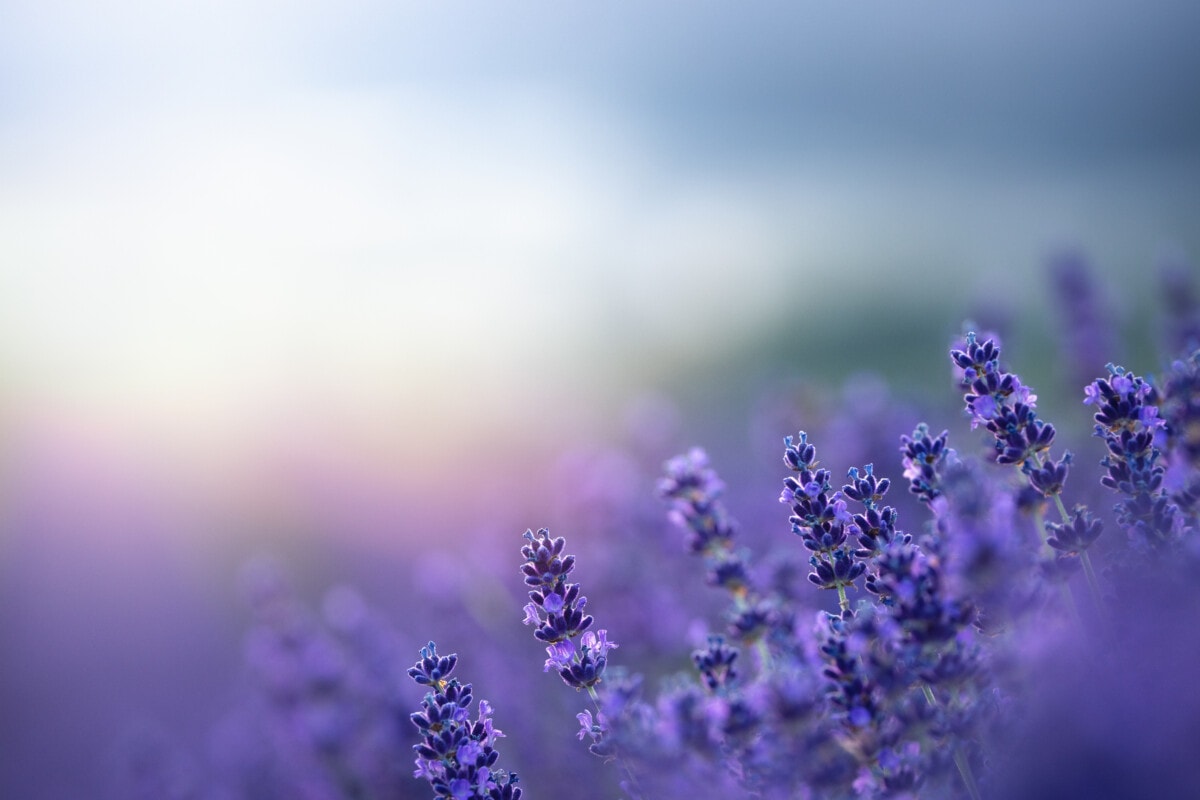
5. Coconut-soy wax, white sage, and lavender
Coconut-soy wax is a blend of coconut wax and soy wax, offering a sustainable and clean-burning alternative for candles, combining the benefits of both materials. White sage, on the other hand, is a medicinal herb known for its ceremonial and aromatic uses, often burned as sage smudge sticks to purify and cleanse spaces in various cultural practices.
Jordan Leadbeater of Chill, Babe Candle Co. notes, “Crafted from a blend of easily renewable coconut-soy wax and infused with phthalate-free fragrances, a scent we call ‘Dreamland’ embodies the essence of relaxation and tranquility. The clean and calming aroma of White Sage and Lavender creates a serene ambiance in any space. It is a testament to our commitment to using sustainable materials and non-toxic ingredients.”
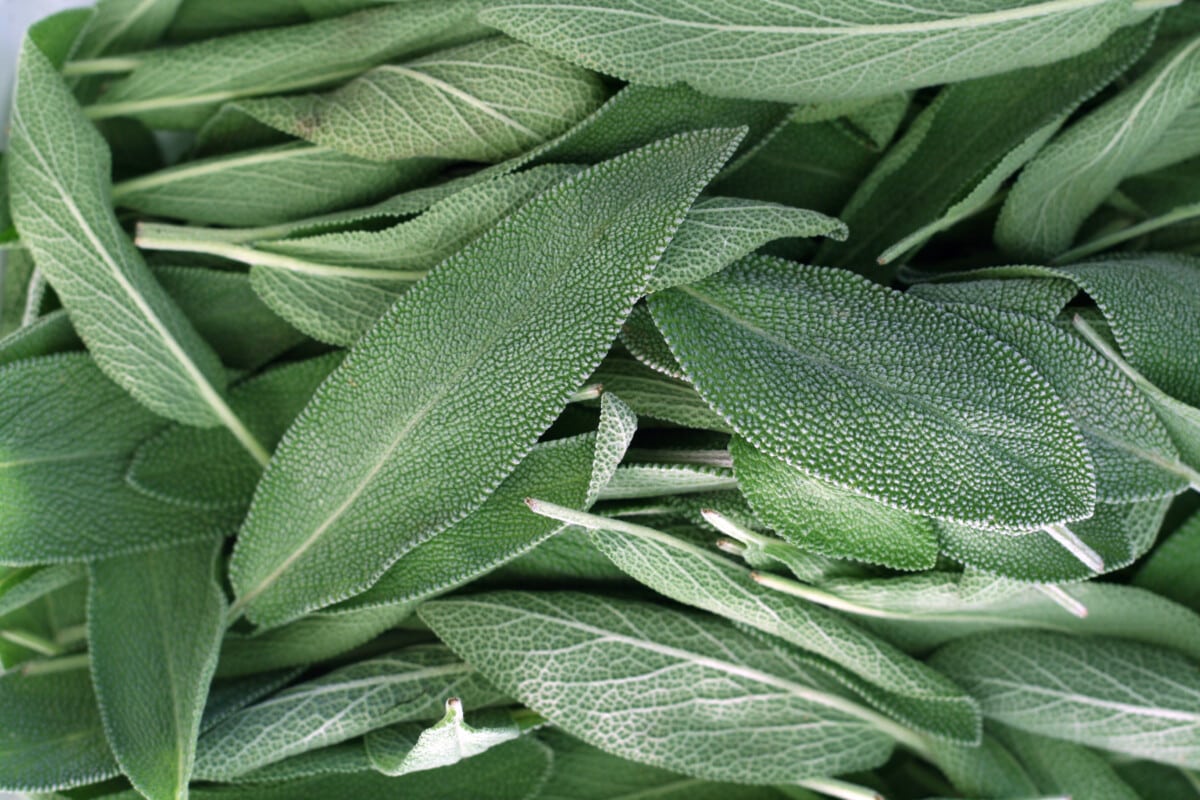
6. Eucalyptus, cypress, and tonka bean
Eucalyptus is an aromatic tree known for its invigorating fragrance. Cypress is a coniferous tree whose essential oil has a fresh and woody scent. Tonka bean is a seed from the South American Dipteryx tree, prized for its sweet and vanilla-like aroma.
“One of our fragrance oils has notes of eucalyptus, cypress, and tonka bean, creating a unique aromatic crispness. This fragrance is infused with natural essential oils, including fir needle, cedarwood, eucalyptus, patchouli, and cedar leaf. It is phthalate and toxin-free and will fill your home with a wonderful scent good for any season,” says Simply Scrunch.
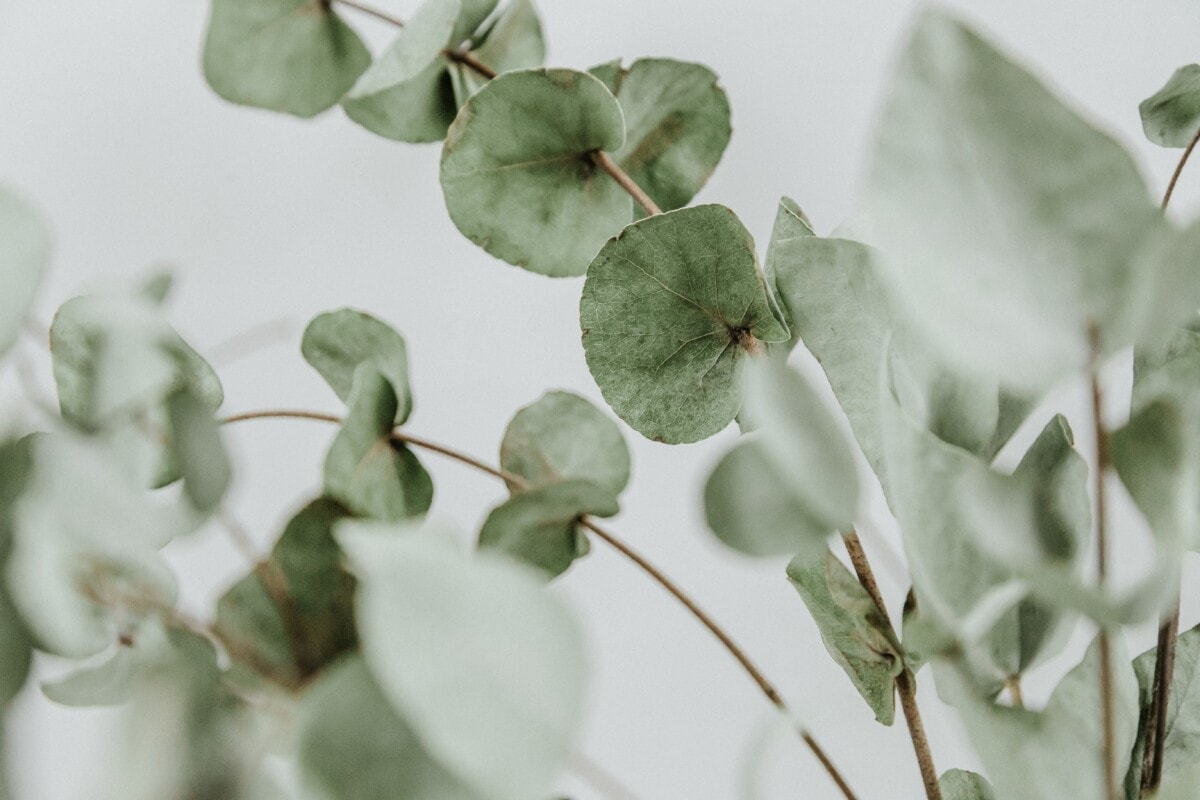
7. Jasmine, osmanthus, and lavender
Jasmine is a fragrant flower known for its sweet and romantic scent. Osmanthus is a flowering plant with a fruity and floral fragrance. Lavender is a versatile herb recognized for its calming and herbal scent.
“Immerse yourself in the pure essence of jasmine, osmanthus, and lavender scent, where eco-luxury meets conscientious living,” remarks Anbo. “Each candle promises a journey of tranquil aromas and a cleaner burn, thanks to our ethically sourced, non-toxic beeswax. Beyond the burn, your senses are treated to a second act of sustainability.”
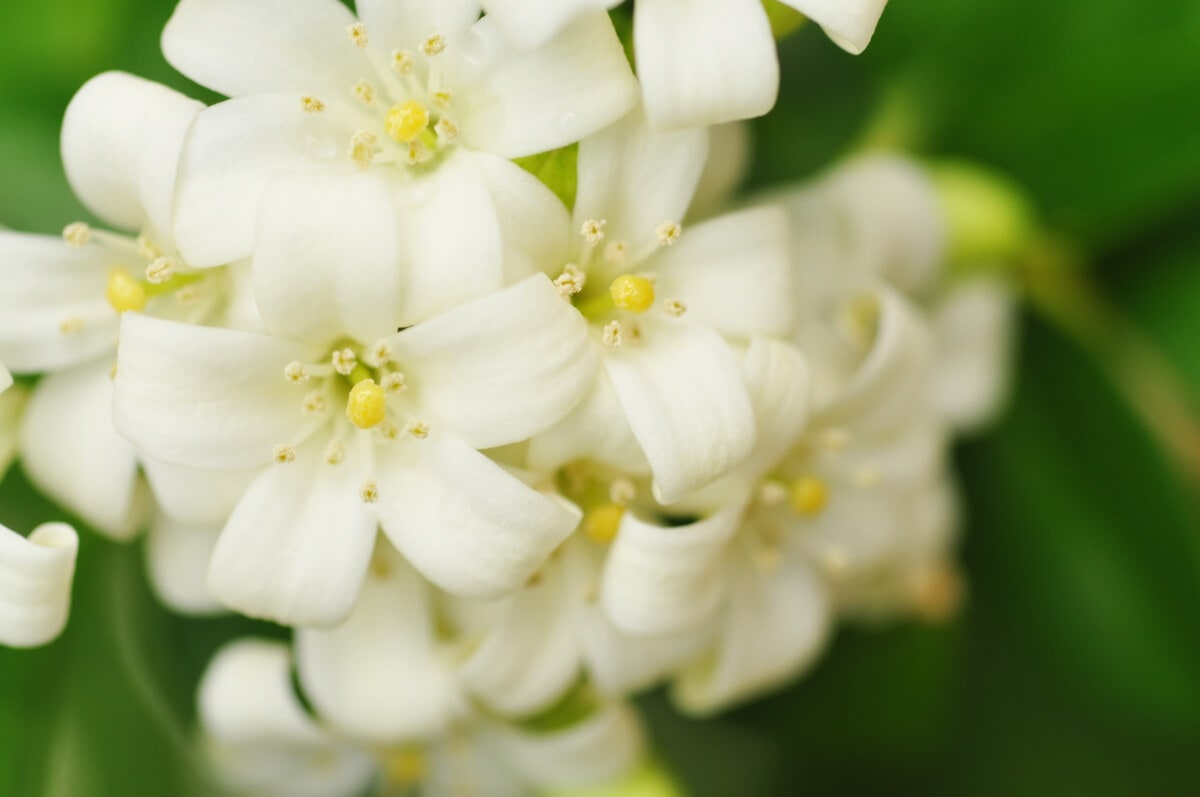
8. Coffee and cream
Coffee and cream typically refer to the classic combination of brewed coffee and dairy or non-dairy creamer scents, creating a popular beverage enjoyed for its rich, bold flavor and smooth, creamy texture.
“Nothing feels more comforting than walking into your favorite coffee shop in the morning, which is why we fell in love with coffee and cream candles. We make sure our candles are sustainably sourced, vegan/cruelty-free, and avoid harmful additives that are impossible to pronounce,” shares The Growing Candle.

9. Sage
Sage is an aromatic herb prized for its distinctive flavor and medicinal properties.
Ralph’s Orchard shares, “My favorite candle is our sage candle, which is made with 100% pure clary sage essential oil and our special blend of coconut, soy, and rapeseed wax.”
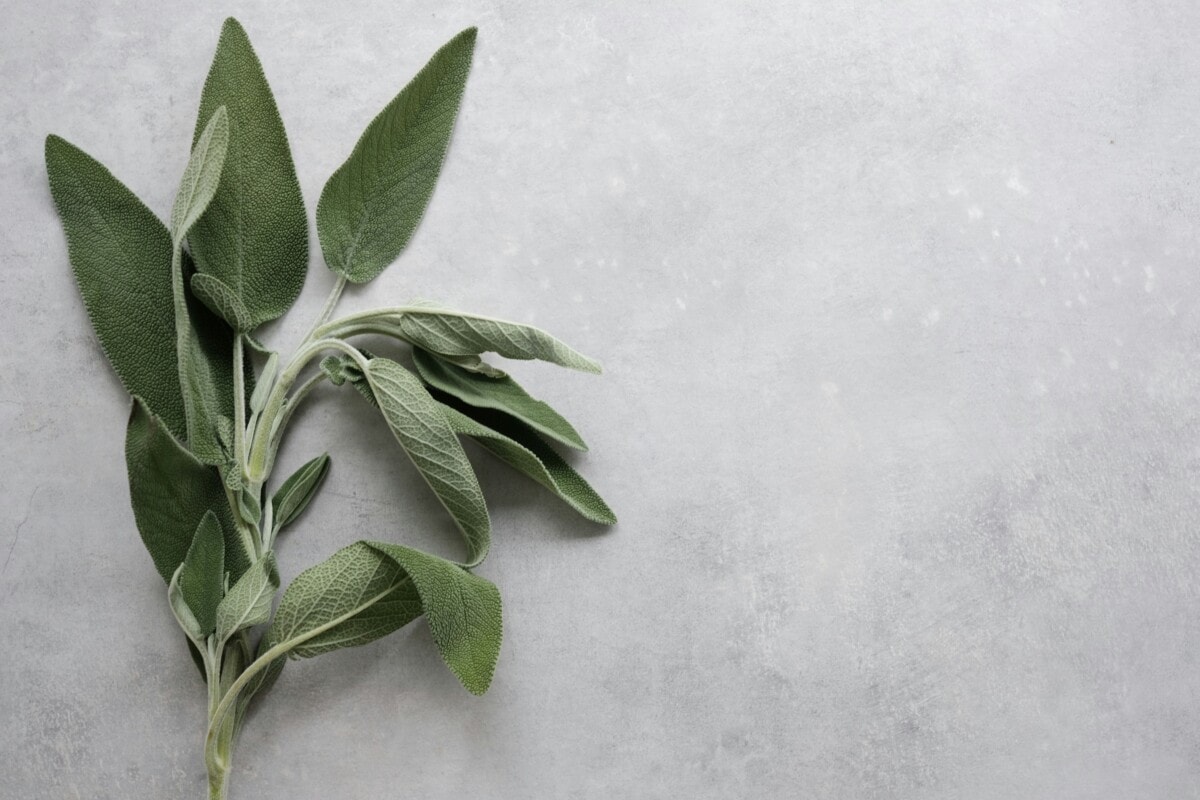
10. Mandarin and sandalwood
Mandarin is a citrus fruit with a sweet and tangy aroma. Sandalwood, derived from the wood of the Santalum tree, is known for its warm, woody fragrance;
“Mandarin and Sandalwood is a luxurious blend of essential oils made with soy wax, a sustainable alternative to paraffin wax,” notes Home Jewels Co. “It has been described as the perfect balance of exotic and homey. Perfect for those chilly autumn days and cold winter nights, you can’t go wrong with this non-toxic scent for your home.”
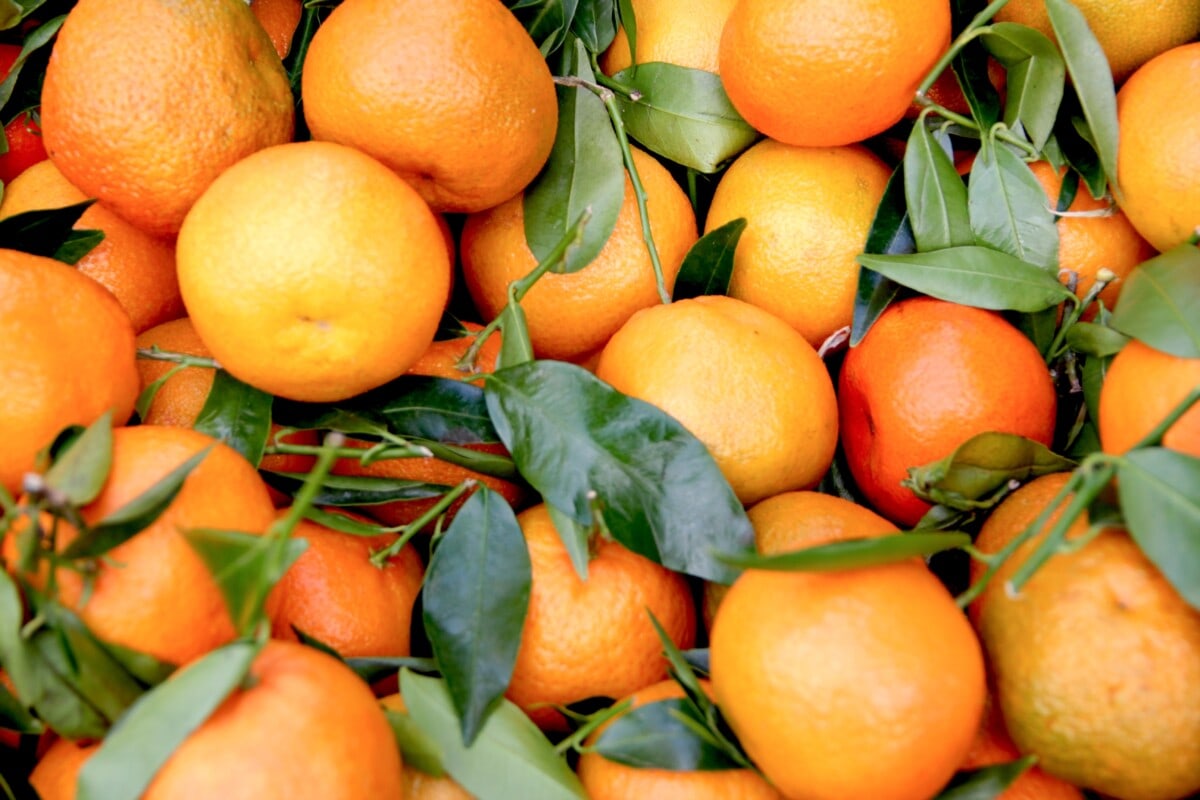
11. Blue spruce
Blue spruce is a coniferous tree known for its striking blue-green needles, and it is often used as a symbol of the holiday season.
“Blue Spruce scent is handcrafted from premium, vegan ingredients, including American soy wax free of artificial dyes and phthalate-free fragrances blended with essential oils. Our candles are hand-poured in 100% recycled glass jars and topped with seeded paper to plant and grow wildflowers, ensuring each purchase supports an eco-friendly future,” shares Keystone Inspired.
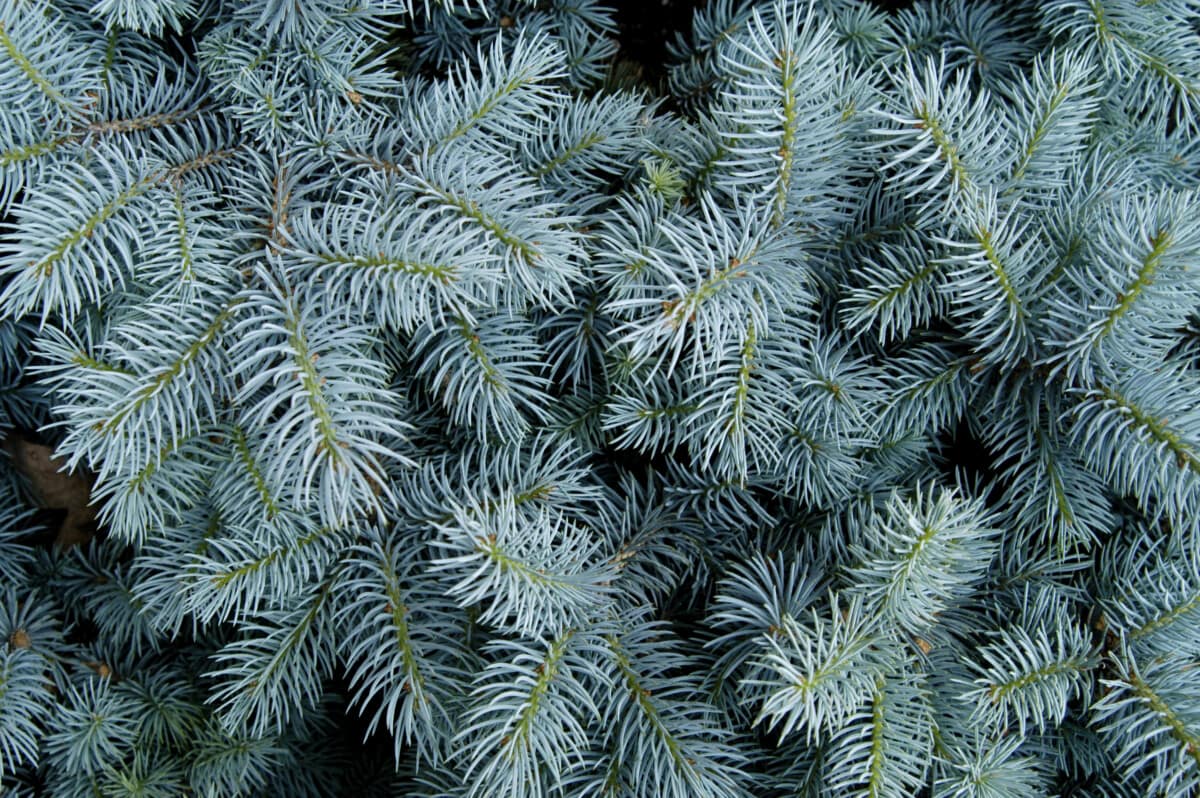
12. Peppermint and eucalyptus
Peppermint and eucalyptus are aromatic plants renowned for their invigorating scents; peppermint offers a cool, minty aroma, while eucalyptus provides a fresh, camphorous fragrance.
Pure Soap and Candles states, “One of our candles has a mixture of peppermint and eucalyptus essential oils. Peppermint essential oil is known to be highly effective in helping with certain symptoms, while eucalyptus oil has anti-microbial properties known for cleansing pathogens inside the home. All of these benefits may help to reduce toxins in the home.”
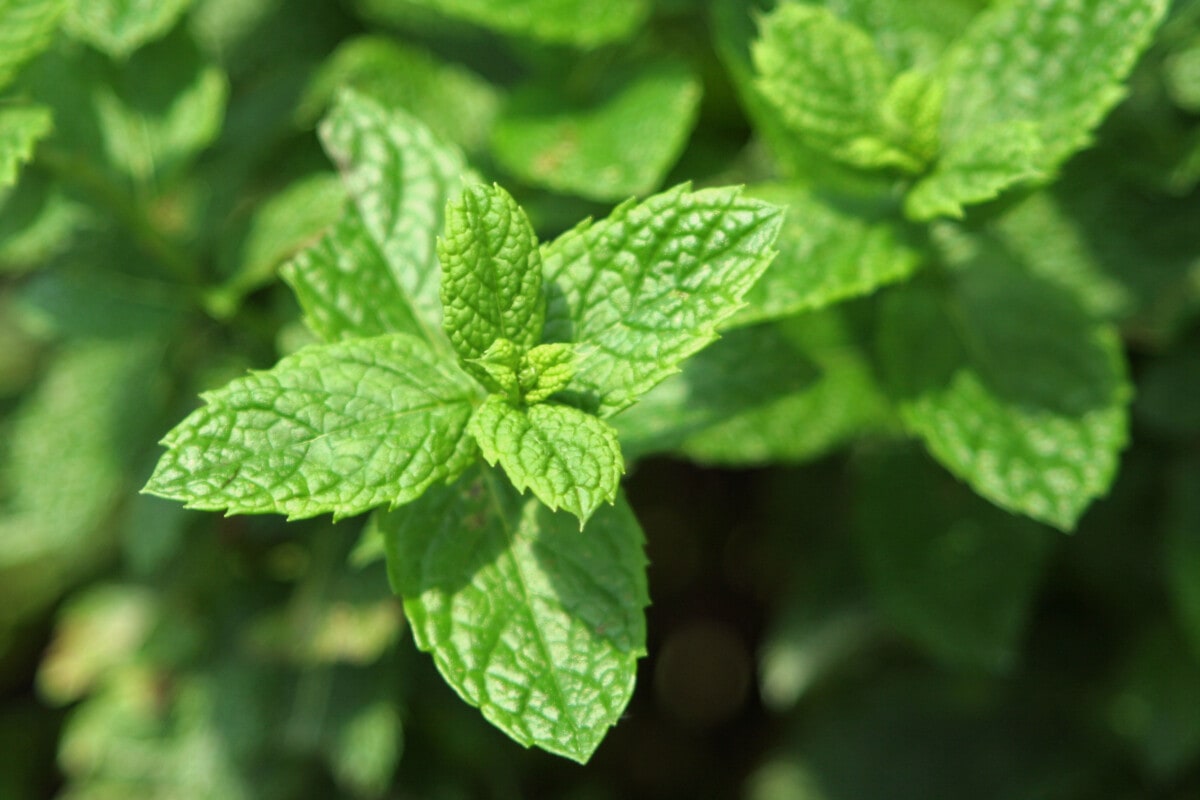
13. Balsam and Fraser fir
Balsam is a resinous substance derived from various trees, particularly firs and pines. Fraser Fir, on the other hand, is a specific species of evergreen tree valued for its symmetrical shape and delightful fragrance, making it a popular choice as a Christmas tree and a source of scented products during the holiday season.
The Happy Lotus shares, “I love balsam and Fraser-fir fragrance. Plus, since my candles are made with all-natural soy wax & burned with a lead- and zinc-free wick, it’s easy to inhale this scent for the entire holiday season (or year).”

14. Sandalwood and vanilla
“One of my favorite eco-friendly scents is sandalwood and vanilla,” shares Wax and Wick Co. “What makes it stand out is its use of natural soy wax, lead-free cotton wicks, and high-quality, phthalate-free fragrance oils, ensuring a clean burn without harmful chemicals. This candle not only offers a delightful and long-lasting scent but also aligns with eco-friendly practices, making it a sustainable choice for a soothing, non-toxic ambiance.”
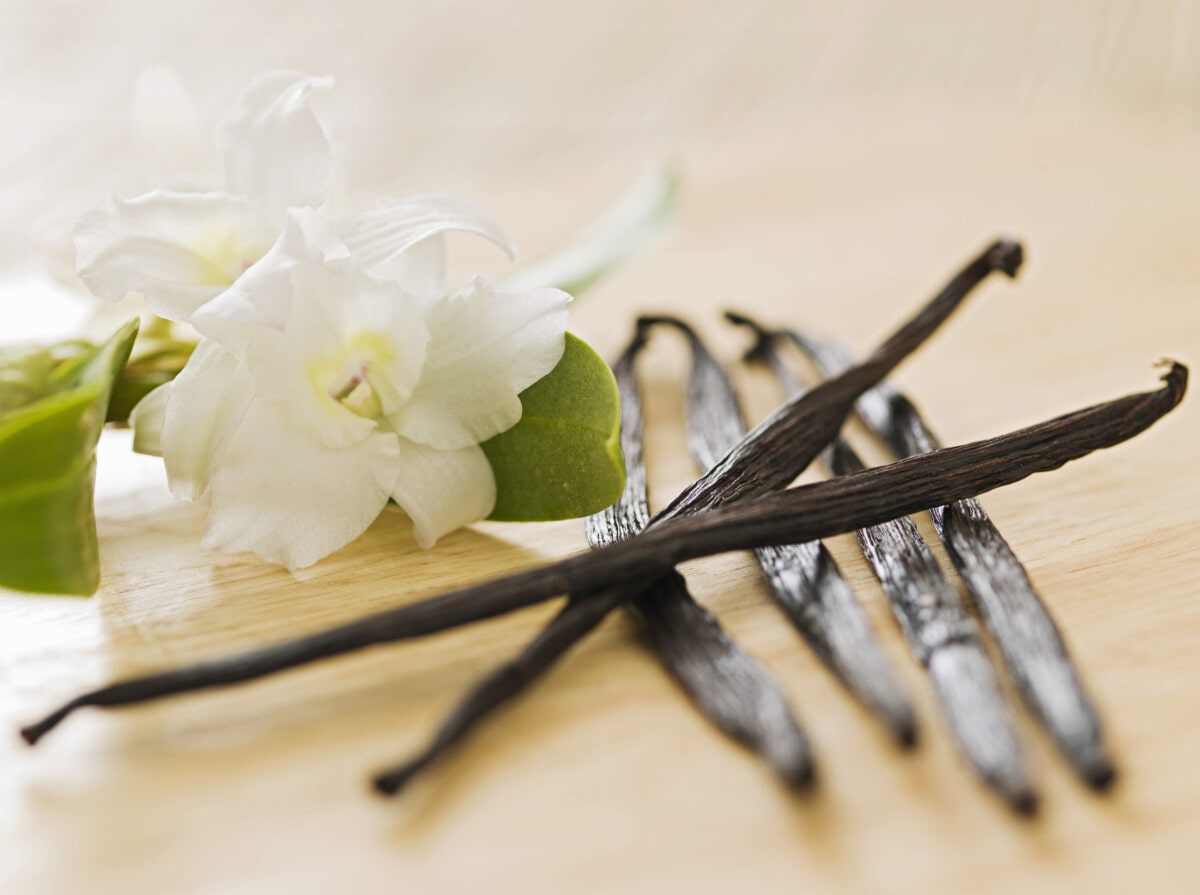
15. Mango and blood orange
“Our favorite scent, Tropical Sunrise (a delicious blend of mango and blood orange), is a unique fragrance that contains lab-created aroma compounds that do not contribute to the over-harvesting of Earth’s resources,” states Soeur Body and Candle. “These lab-created aroma compounds are not only kind to the environment but also biodegradable, vegan, phthalate/paraben free, and responsibly sourced.”
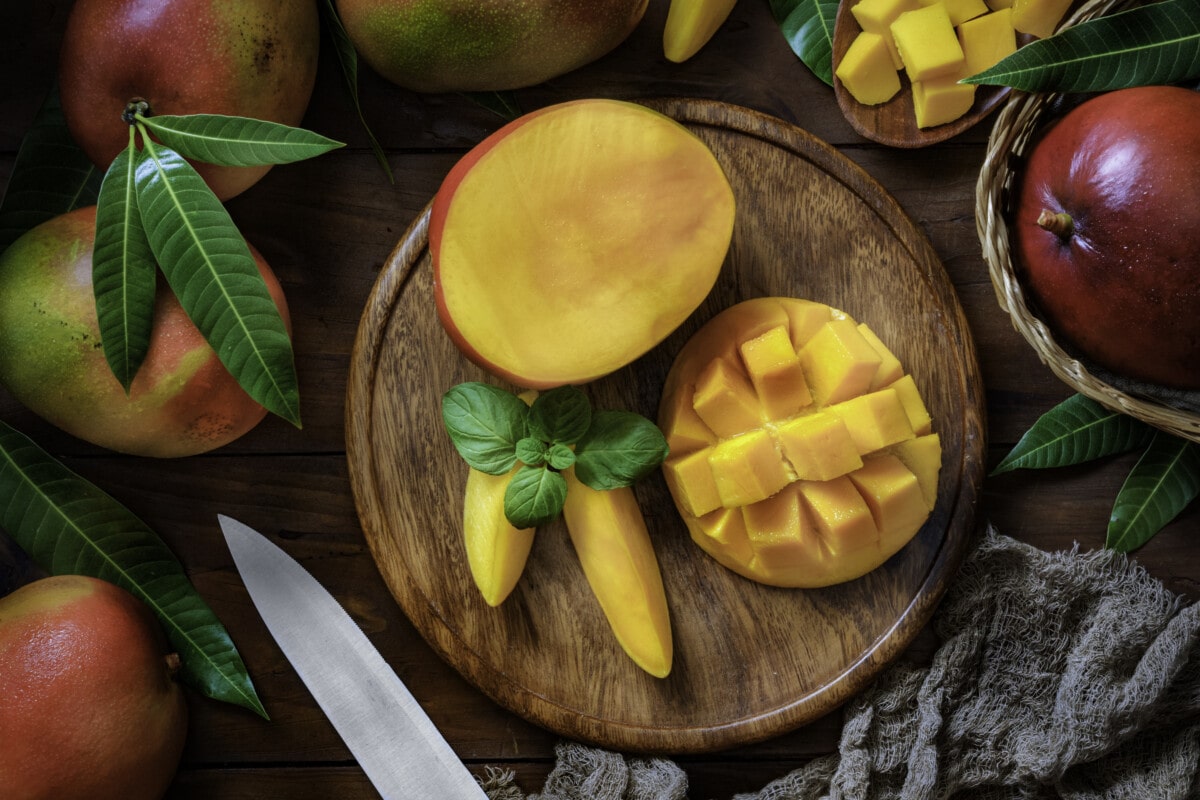
Redfin does not provide medical advice. Always seek the advice of a qualified health provider for any questions you may have regarding your health.





